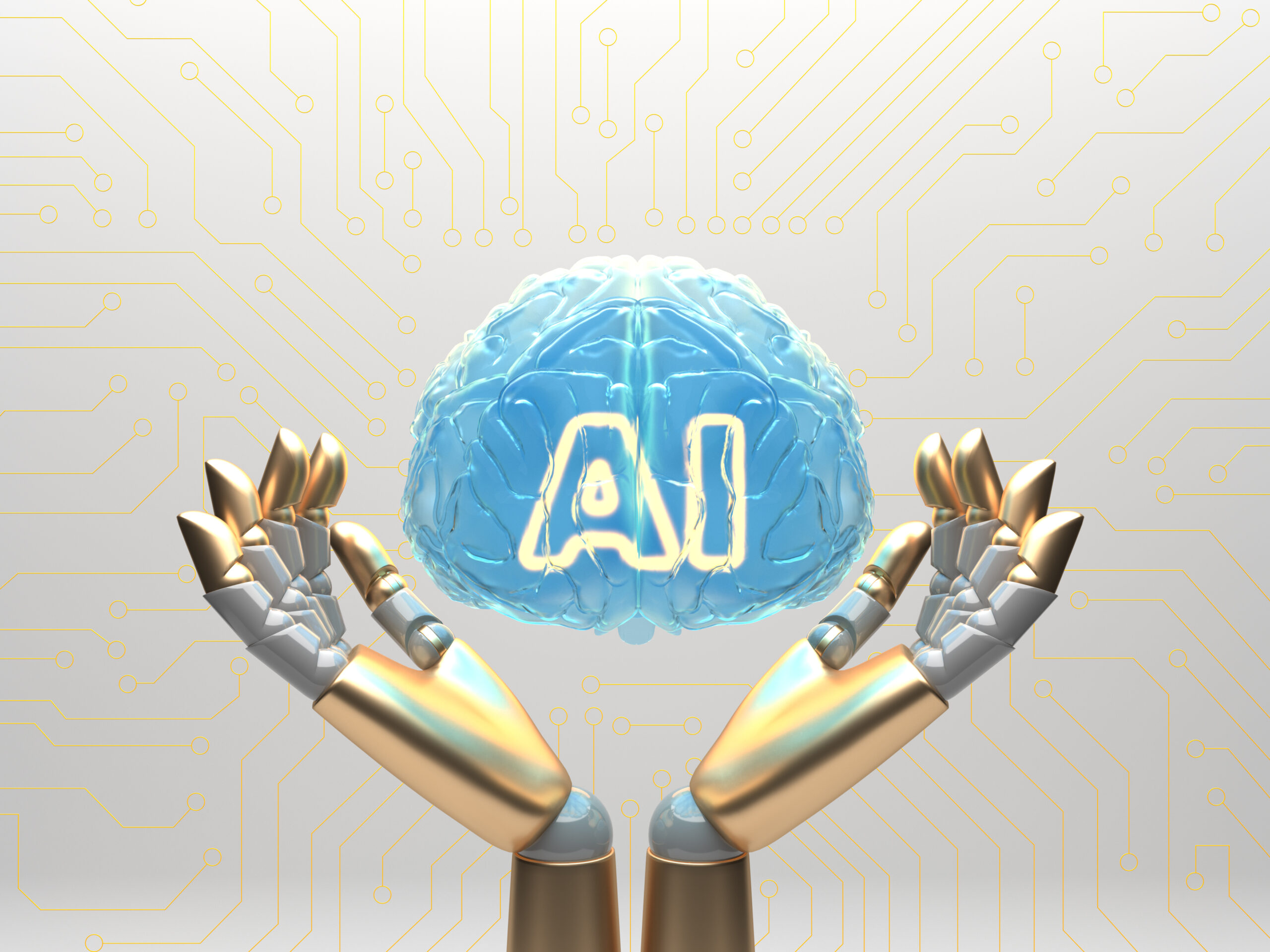
14 May
AI tools encompass a wide range of applications that utilize artificial intelligence to perform various tasks. These tools are designed to enhance productivity, provide insights, automate processes, and improve decision-making. Here are some key categories and examples of AI tools:
1. Natural Language Processing (NLP) Tools
- Chatbots and Virtual Assistants: Tools like OpenAI’s ChatGPT, Google’s Dialogflow, and Amazon’s Lex can interact with users in natural language using Python Development, providing customer service, answering queries, and more.
- Text Analysis: Tools such as IBM Watson Natural Language Understanding and Google’s Cloud Natural Language API can analyze text to extract entities, sentiment, syntax, and more.
2. Machine Learning (ML) Platforms
- Training and Deployment: Platforms like TensorFlow, PyTorch, and Scikit-learn provide frameworks for developing, training, and deploying machine learning models.
- AutoML: Services like Google’s AutoML, H2O.ai, and DataRobot offer automated machine learning capabilities to build and deploy models with minimal manual intervention.
3. Computer Vision Tools
- Image and Video Analysis: Tools such as OpenCV, Amazon Rekognition, and Google Cloud Vision API can analyze and process images and videos, detecting objects, faces, and text.
- Augmented Reality (AR): Platforms like ARKit (Apple) and ARCore (Google) enable the development of AR applications by providing computer vision capabilities.
4. Speech Recognition and Synthesis
- Voice Assistants: Tools like Amazon Alexa, Google Assistant, and Apple’s Siri utilize speech recognition to understand and respond to user commands.
- Text-to-Speech (TTS): Services such as Google Text-to-Speech, Amazon Polly, and IBM Watson Text to Speech convert text into natural-sounding speech.
5. Robotic Process Automation (RPA)
- Automation Tools: Platforms like UiPath, Automation Anywhere, and Blue Prism automate repetitive tasks by mimicking human actions interacting with digital systems.
6. Data Analysis and Predictive Analytics
- Business Intelligence (BI): Tools like Tableau, Power BI, and Qlik Sense leverage AI to provide insights through data visualization, reporting, and predictive analytics.
- Customer Analytics: Platforms such as Salesforce Einstein and Adobe Analytics use AI to provide deep insights into customer behavior and trends.
7. Recommendation Systems
- Personalization Engines: Tools like Amazon Personalize and Google Recommendations AI use machine learning to provide personalized recommendations for products, content, and services.
8. AI in Cybersecurity
- Threat Detection: Tools like Darktrace, Cylance, and Splunk use AI to detect and respond to cybersecurity threats by analyzing patterns and anomalies in data.
9. AI for Content Creation
- Generative Models: Tools like GPT-3 (by OpenAI) and DALL-E create human-like text and images, assisting in content creation for marketing, storytelling, and more.
- Image and Video Editing: Tools like Adobe Sensei and Runway ML use AI to enhance and edit images and videos efficiently.
10. AI in Healthcare
- Diagnostic Tools: Systems like IBM Watson Health and Google DeepMind Health assist in diagnosing diseases by analyzing medical data and images.
- Personalized Medicine: AI tools in platforms like Tempus and Foundation Medicine tailor treatments to individual patients based on genetic and clinical data.
